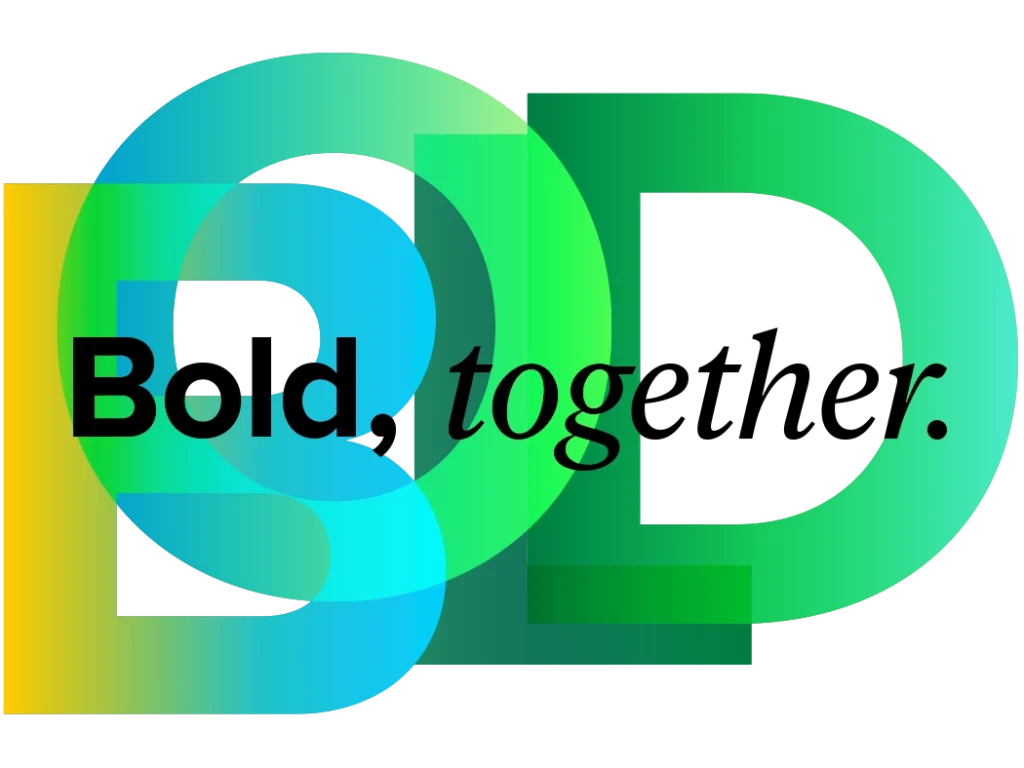B2B Summit North America
Join us May 5 – 8 in Austin to set your course to growth in a challenging B2B climate. Gain actionable insights and tools to strengthen your impact as a B2B marketing, sales, or product professional. Discover tangible ways that data, technology, and AI can help you compete.
Align Key Functions To Power Your Growth Engine
Growth strategies that focus on extracting value from customers are outdated. Maximizing value for customers and buyers generates value for the business. Align key revenue-generating and technology functions around customer value to propel growth.
Get To Growth Faster
Forrester Decisions research services are a proven growth generator and business accelerator. They help you de-risk your decisions. Guide your actions. Target your opportunities. And align your teams on priorities and outcomes. They’re a game changer for tech, marketing, CX, sales, product, and digital leaders who want to perform at a higher level — and drive sustained, customer-obsessed business growth.
Capture Your Share Of Forrester Decisions ROI
While Forrester Decisions delivers a 259% return on investment and accelerates revenue growth by 4%, that only scratches the surface of the economic impact it can have on your business.

How Do Leaders Get Ahead With Forrester Decisions?
A report of the Total Economic Impact™ (TEI) of Forrester Decisions reveals that:
- 69% say it improves their expertise and confidence.
- 48% say it helps them align their teams and functions.
- 45% say it helps them better understand their challenges and priorities.
Research With A Consultative Approach
Today’s leaders are navigating an unprecedented, complex environment. Forrester Decisions represents a new option for business and technology leaders who need help solving problems, making decisions, and taking action to deliver results. Leaders who are looking to achieve break-out growth. Each research service includes:

Bold Vision
Stay ahead of changing customer and market dynamics and plan for the future with customer obsession research, customer insights, trends and predictions, market forecasts, technology and service provider landscapes, and more.
Insight
Dig deeper into our predictions and get ready for the exciting year ahead. Visit the Predictions 2024 hub for blogs, videos, and podcasts full of actionable insights from Forrester analysts.
Capture More 2024 Opportunity
Looking to streamline your 2024 budget planning? Explore Forrester’s guidance on where to prioritize your investments to drive customer value, cut legacy complexity, and advance with AI. Identify areas of overspending that can be reinvested in emerging solutions.

Curated Tools & Frameworks
Empower your team to execute on your vision with proven strategic models and plug-and-play templates. You’ll get KPIs and peer benchmarks, assessments, strategic models, templates, Forrester Wave™ evaluations for your function, and certification courses.
Kickstart Your CX Transformation
This complimentary guide will show you how to leverage customer journey maps to spur investment and interest in CX, as well as boost performance.
The Six Elements Of A Meaningful Marketing Plan
Without the right inputs, a marketing annual plan may simply be a list of tactics. Learn how to build a plan that drives business value.
We’ve benchmarked, comparing not just companies that are in our situation right now, but companies that have done what we intend to do ... and that’s been so insightful and significant for us.
—
CMO, cybersecurity and data backup company

Hands-On Guidance
Accelerate progress and de-risk decisions with best practices tailored to you and your team. We are on your side and by your side, through guidance sessions with analysts, peer discussions, events, and more.
Transform Tech Into A Business Enabler
Discover new ways to use technology to create an engine of strong, sustainable, customer-focused business growth at Forrester’s Technology & Innovation Forums.
Defy Uncertainty With Consistent, Scalable B2B Growth
Outpace your competitors despite changes in the economy, buyer behavior, and technology innovation. Learn how at Forrester’s B2B Summits.
Shorten the distance to impact.
Forrester Decisions is our portfolio of research services that helps executives, functional leaders, and their teams plan and pursue their most pressing initiatives.
Sustained Growth Starts Here
The key to building a better growth engine is aligning around customer value. Companies with high levels of alignment realize 2.4x higher revenue growth and 2.0x higher growth in profitability.

How can we help?
Fill out the form, and we will contact you.
Thanks, we will be in touch soon.
Ready to learn more now? Give us a call:
Americas: +1 615.395.3401
EMEA: +44 (0) 2073 237741
Asia Pacific: +65 6426 7060
Careers At Forrester
At Forrester, we’re bold. We make big moves, transform businesses, and define the future. We’re the people who challenge, who innovate, who dare to discover. We’re a community of smart people and vibrant voices coming together to do what’s right by our clients and each other. Our success is driven by curiosity, courage, and customer obsession. Here you can be bold at work. Join us and build an extraordinary future.
With you, we’re not just bold. We’re bold, together.

